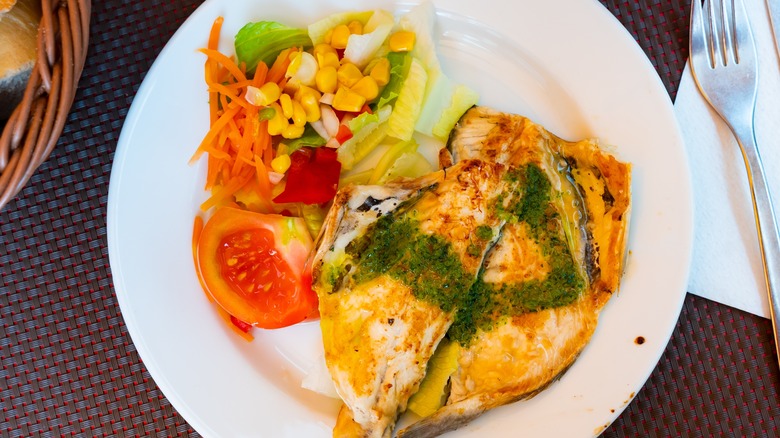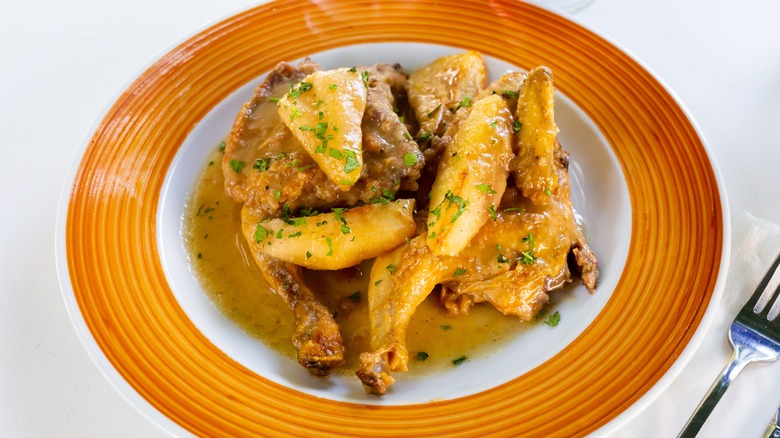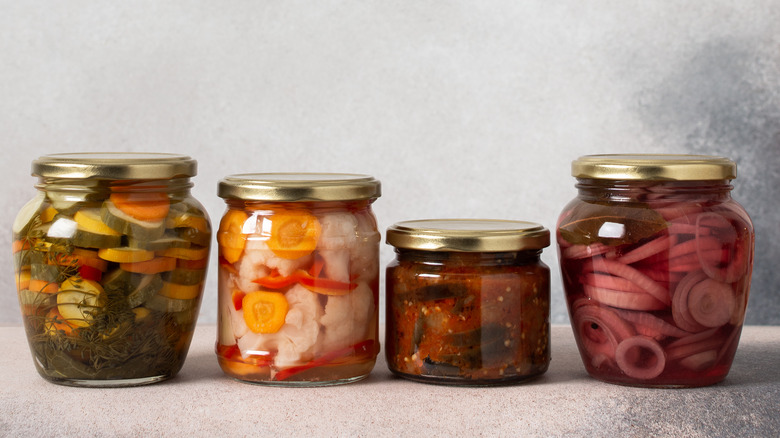The Flavor Note 'Piquant' Explained
It's not quite spicy, not quite sour, but incredibly tasty nonetheless. Piquant may not be as well known as other flavor notes, such as umami, sour, or sweet, but it definitely has its own niche in the culinary scene. The word piquant may recall the Spanish 'picante', which means spicy and, etymologically speaking, the two words are related. However, where picante refers to spiciness, the meaning of piquant isn't so clear-cut.
Like picante, piquant has Latin origins. However, piquant comes from the Middle-French word piquer, a verb which literally means "to prick" or "to sting." The word was originally used as a descriptor for spicy foods (after all, spicy foods do tend to 'sting' the tongue), however, the meaning of the word has evolved into something more nebulous over the centuries.
Piquant now refers to foods that are pungent in their flavor. This may (sometimes) include spiciness, as is the case with radishes, for example. Piquant foods are also just generally well-rounded in taste, with a depth that goes beyond spice. Other examples of piquant foods include capers and sauerkraut. These items have a sharp flavor that generally gives a mouthwatering appealing taste. And unlike spicy foods, piquant foods don't vary from mild to sweat- and cough-inducing intensity; rather, the term is bound by its pleasantness, not necessarily its potency.
A very specific taste
Essentially, piquant foods are those that add a pleasant bite to your dish. This can be in the form of spice, acidity, or pungent taste. Some examples include mustards, curries, pickles, and capers. Even tomatoes can be piquant, as they contain a high level of acidity that can brighten up almost any dish. These are foods that are often added to dishes to round out their taste. For example, adding sauerkraut or mustard to your hot dog adds a bite that cuts the rich, savory notes of the sausage, taking it from one note to delightfully complex.
Like the flavorful hot sauces you already have in your pantry, there is also an entire category of piquant sauces that were developed precisely for their prickly-tasting powers. One common example of a piquant sauce is ketchup, which has a much more interesting history than you might expect. Piquant sauces often incorporate acidic ingredients such as lemon juice or vinegar, which gives them a distinctly sharp flavor.
Another piquant sauce that you might be familiar with is lemony (and caper-rich) Italian chicken piccata. The Italian word 'piccata,' by the way, has the same biting roots as the Spanish 'picante' and French 'piquant,' which is certainly illustrative of piquant's worldly appeal.
Give piquant a chance
Now that you know what piquant is, you can learn how to incorporate it into your cooking. Piquant is, by its very nature, a balancing act of restraint when it comes to pungency. The core of piquant is that it should, invariably, be pleasing. So, though lemon juice or mustard may contain piquant aspects, overusing them will not give you a piquant flavor. This is in contrast to spiciness, which can be amped up to some pretty jarring, and even dangerous, levels.
Foods are best made piquant by the addition of finishing ingredients, such as toppings or sauces, rather than incorporating those items into the core of your dish. Chicken piccata, for example, is such a classic dish because it utilizes the zing of lemons and the bite of capers as a sauce and toppings for the breaded chicken cutlet. Adding a crust of capers into your chicken's breading would be a step too far, taking the dish from tasty to overly pungent. Focus on adding piquant ingredients sparingly, as a way of amping up your dish.
You don't need to limit your piquant usage to savory foods either. Sprinkling a bit of nutmeg into your chocolate chip cookie dough is a great way to add piquancy to the classic cookie. Piquant flavors can zhuzh up almost any dish, so don't be afraid to make your next culinary project a bit prickly.


